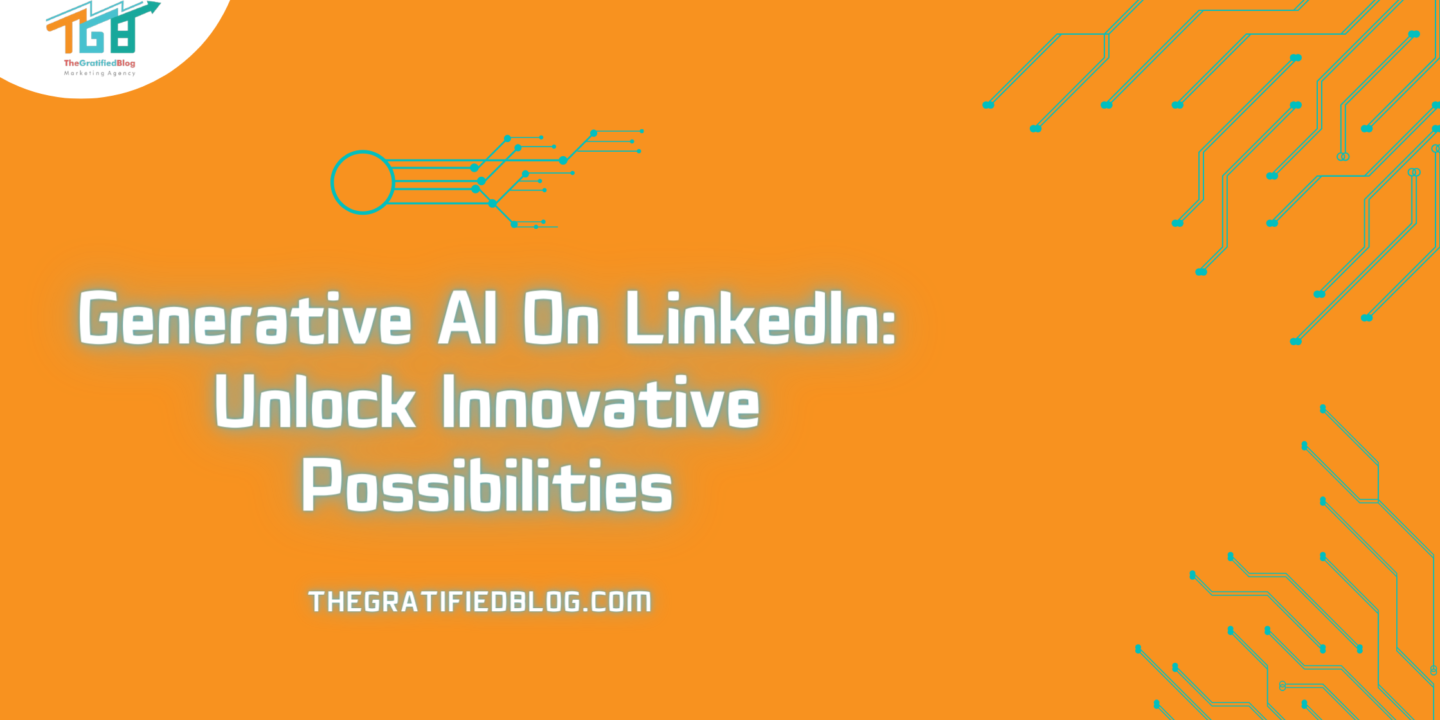
LinkedIn currently connects over 950 million unique users worldwide. Many actively produce content, write resumes and recommendations, comment, like, and share. Every second, a magnitude of data is practically just sitting there, waiting to be analyzed. And this is where generative AI on LinkedIn comes on stage.
Generative AI has become able to develop relevant, tailored, and engaging content for your target audience, all based on the preferences, habits, and feedback of the same audience.
What Is Generative AI?
Artificial intelligence (sometimes generative AI or GenAI) can produce new and original text, graphics, or other media through deep-learning generative models.
The configurations and organization found in the data used for their training are learned by generative AI models, producing new data with comparable characteristics.
Generative AI pertains to a system of artificial intelligence that can produce various content, such as text, pictures, and audio. It is an easy-to-use technology of new user interfaces for quickly creating high-quality text, drawings, and movies.
The Evolution Of AI On LinkedIn
Over 100 years ago, a famous Czech writer, Karel Čapek, coined “robot.” Little did he know that instead of synthetic organic androids so often depicted in science fiction works of art, we would today talk about something called generative AI, still concealed behind screens and keyboards.
Generative Adversarial Networks, Transformers, Large Pre-trained Models, Fine-Tuning and Specialized Models, and Multimodal Models are all stages of GenAI developed only in the last ten years. Along with its evolution, more businesses (including the LinkedIn network) are beginning to depend on its use.
The field of generative AI is quickly evolving, with academics investigating novel structures, approaches, and applications. So, let’s explore how fertile AI is currently used on LinkedIn.
How Is Generative Artificial Intelligence Used On LinkedIn?
In its current stage of development, generative AI is used by and on LinkedIn in a couple of primary areas:
- Content generation,
- CV building and job recommendations,
- Identifying potential sources for backlinks,
- Chatbots for customer support and networking,
- Enhancing personal CRM tools.
We’ve mentioned that one of the main ways of capturing other people’s attention on this network is by creating solid, topical, and entertaining content. Those who excel in this managed to create vast and robust networks.
Generative AI, with its current building models, has become more than capable of creating humanized LinkedIn content, whether these are various posts, comments, or articles. How this will reshape the LinkedIn feed’s looks is yet to be seen.
Building a good resume is just recognizing focal points in one’s experience and skills. GenAI is proven to be good at this task. At the same time, it can search and find compatible job opportunities and the best candidates for our vacant positions.
Finally, using chatbots is nothing new in the IT world. But the most unique and advanced GenAI models have successfully achieved the primary goal of a proper chatbot – to make it feel like a person is on the other line. LinkedIn is making good use of this.
Benefits Of Generative AI On LinkedIn
As mentioned above, content creation makes up a large chunk of LinkedIn activity. It is easy to write about anything. Still, it takes the right amount of time, creativity, and knowledge to produce an article that will be both informative and captivating for our targeted audience.
If you have recent GenAI development that mimics human content creation, you can apply this and save loads of time and effort. That goes both for individual and business content creation.
Individuals can keep their profiles engaging and active without even lifting a finger. Businesses can also maintain a regular online presence and interact with their audience more successfully, eventually improving lead generation and brand exposure.
LinkedIn’s Newest AI Features
LinkedIn has been integrating the latest AI features into the platform for some time. This integration has led to the creation of many new native tools, which enhanced the LinkedIn platform experience in several ways:
- AI-generated job recruitment messages,
- AI job descriptions,
- AI-powered profile tweaks.
LinkedIn Recruiter is now using GenAI to generate non-generic outreach messages that are now less likely to be perceived as spam. Putting the apparent irony aside, personal touch by job seekers and job offerers takes a lot of time and effort.
GenAI has now been incorporated into this communication process. It streamlines it, resulting in much more targeted outreach.
LinkedIn introduced the latest GenAI models in recruitment as well. That gives recruiters and hiring managers more time to add specifics to the role requirements, while AI now writes most job descriptions.
Better job descriptions will find better candidates, and better candidates will occupy those job vacancies. This process is beneficial for all the parties involved.
Every blog about enhancing your LinkedIn experience seems to begin with a chapter with several tweaks you should make to your LinkedIn profile page.
Well, LinkedIn has an AI feature that provides customized writing recommendations. This feature respects each user’s writing style by identifying critical abilities and experiences and suggesting how to express them in the “About” and “Headline” of users’ profile pages. Profile pages will now become much easier on the eye while taking minimal effort to make them so.
Future Trends For GenAI On And Off LinkedIn
The hallmark of GenAI is its unprecedented capacity to learn, adapt, and comprehend human behaviors and requirements. It is taking LinkedIn interactions by storm, and much more is yet to come.
The AI feature that appears to understand and can generate a proper human language is called Natural Language Processing (NLP). Chatbots and immersive virtual assistants are the outcome of this feat. That is a fast-paced GenAI development field, especially when its practical value is considered.
We’ve already emphasized the main characteristics of GenAI models – their capacity to evaluate enormous volumes of data. T allows it to produce highly personalized user experiences.
In the same way animals, machines, and humans became obsolete in certain parts of history during industrial revolutions, it is now time to take another step with AI having a significant role.
Whether synthesizing new medical drugs, suggesting better diagnosis, driving uncrewed vehicles, generating art, maximizing energy use and minimizing waste, or even managing whole cities or even countries, it is clear that generative AI will become part of our lives.
Conclusion
The impact of GenAI is profound and reshapes the future in ways we are still learning about. It claims to transform several industries, enhance everyday living, and deal with some of humanity’s most critical issues.
Gen AI has a bright future ahead of it, and it’s limited only by human creativity and inventiveness.
GenAI is transforming the LinkedIn business landscape in front of our eyes. It’s similar to having a productive, imaginative teammate that never sleeps. It is changing our everyday work, as well as the way we connect to our audience.
This article should help you stay ahead of changes that have happened and those that are to come. Try to use them to your benefit. That is the sole purpose of GenAI.


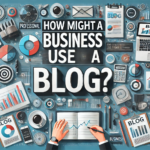
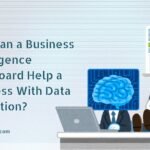

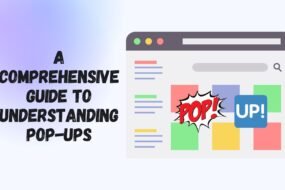
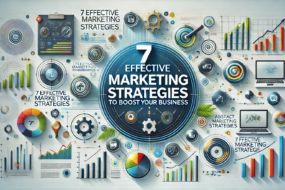

No Comments